In today’s digital age, artificial intelligence (AI) has revolutionized various industries, including content creation. AI writing assistants have emerged as invaluable tools for writers and marketers, enhancing productivity, streamlining workflows, and unlocking new dimensions of creativity. This article explores the benefits, best practices, and effective use cases of AI writing assistants, shedding light on how they can revolutionize the way we create compelling and engaging blog content.
Benefits of AI Writing Assistants
AI writing assistants offer numerous advantages to content creators and marketers. They provide valuable support in generating ideas, conducting research, organizing content, and refining the writing process. By leveraging natural language processing algorithms, AI systems can analyze vast amounts of data, identify trends, and extract key insights, aiding in topic selection and content planning.
Moreover, AI writing assistants assist in generating coherent and engaging content. These tools employ machine learning algorithms to understand context, grammar, and writing style, offering suggestions for sentence structure, vocabulary, and tone. This collaborative approach enables writers to improve their work and enhance the quality of their blogs while staying true to their unique voice.
AI writing assistants also offer accessibility and inclusivity benefits. They support individuals with disabilities by providing assistive technology for writing and editing. Additionally, AI-powered translation capabilities enable non-native speakers to create content in their preferred language, expanding global reach and fostering inclusivity.
AI writing assistants also offer accessibility and inclusivity benefits. They support individuals with disabilities by providing assistive technology for writing and editing. Additionally, AI-powered translation capabilities enable non-native speakers to create content in their preferred language, expanding global reach and fostering inclusivity.
Scalability and consistency are other significant advantages of AI writing assistants. These tools can handle large volumes of content effortlessly, ensuring efficient content production in a time-effective manner. Moreover, AI systems help maintain brand consistency in communication by adhering to predefined guidelines and style preferences.
Best Practices for Utilizing AI Writing Assistants
To effectively leverage AI writing assistants, it is essential to follow best practices. Firstly, writers must understand the complementary role of AI in content creation. AI tools should be seen as aids, not replacements for human writers. Setting realistic expectations and recognizing the limitations of AI writing assistants is crucial for achieving optimal results.
Data privacy and security should also be prioritized when using AI writing assistants. Writers must ensure that sensitive information is safeguarded and that the tools comply with data protection regulations. It is crucial to choose reputable AI platforms that prioritize data privacy.
Customization and training are key to maximizing the benefits of AI writing assistants. Writers should tailor the AI tools to their specific writing needs, taking advantage of customization features and training the algorithms to adapt to their writing style. Continuous improvement can be achieved by providing feedback to the AI system and incorporating user preferences.
Collaborative workflows are essential for effective utilization of AI writing assistants. Integration with existing content creation processes and collaboration between AI and human writers foster creativity and efficiency. Human writers can provide the necessary context and domain expertise, while AI tools offer valuable suggestions and enhancements.
Effective Use Cases of AI Writing Assistants
AI writing assistants find applications in various content creation scenarios. They can generate blog posts and articles, assisting writers in brainstorming topics, conducting research, and creating a coherent narrative. For e-commerce businesses, AI writing assistants can create compelling product descriptions and reviews, enhancing the online shopping experience.
Email communication is another area where AI writing assistants excel. They can help professionals write personalized and professional emails, saving time and ensuring effective communication. AI tools can also assist in managing email responses efficiently, automating repetitive tasks and providing quick suggestions.
Social media management is made easier with AI writing assistants. These tools can craft engaging social media posts, optimize content for different platforms, and create structured posts for maximum impact. By leveraging AI, marketers can enhance their social media presence and drive audience engagement.
All these features are possible when the right AI model is trained on data that matches the desired use case. If you are looking for an AI writing assistant that excels at all these features that you can add to your website, then check out the WS plugin created by Silva that integrates the WriteSonic API into Bubble.io. To learn more about the WS plugin and how it works then read our article: Improve Marketing and Productivity with the Ultimate AI Writing Assistant for Bubble.io.
Measuring Effectiveness of AI Writing Assistants
To gauge the effectiveness of AI writing assistants, several key performance indicators (KPIs) can be considered. Content quality assessments, such as readability scores and grammar checks, can help evaluate the impact of AI on writing quality. Time and cost savings are also important metrics to measure the efficiency gains achieved by using AI tools.
User feedback and satisfaction play a critical role in assessing the effectiveness of AI writing assistants. Collecting feedback from writers and editors can provide insights into the user experience and help identify areas for improvement. Adapting the AI system based on user feedback ensures continuous enhancement of its capabilities.
Comparing AI-generated content with human-written content can provide valuable insights into the strengths and weaknesses of AI writing assistants. Analyzing accuracy, tone, and overall quality can help determine the areas where AI tools excel and where human intervention is still crucial.
Continuous Improvement and Evolution
The field of AI is continuously evolving, and advancements in machine learning and natural language processing are shaping the capabilities of AI writing assistants. These advancements enable AI tools to understand context, nuances of language, and writing styles better. The future holds exciting possibilities for AI writing assistants, making them even more effective and valuable tools for content creators.
To ensure continuous improvement, AI writing assistants rely on feedback-driven updates. User feedback helps AI systems learn and adapt, enabling them to provide more accurate suggestions and better cater to user preferences. An iterative development process ensures that AI tools evolve with the changing needs of writers and marketers.
Conclusion
AI writing assistants have revolutionized the content creation landscape, offering numerous benefits and opportunities for writers and marketers. By harnessing the power of AI, writers can enhance their productivity, improve the quality of their writing, and streamline their workflows. However, it is crucial to strike a balance between AI assistance and personal creative input. AI tools should be seen as aids, not replacements for human writers. By adopting best practices, continuously measuring effectiveness, and embracing the evolving nature of AI, content creators can unlock the full potential of AI writing assistants and deliver exceptional content to their audience.


